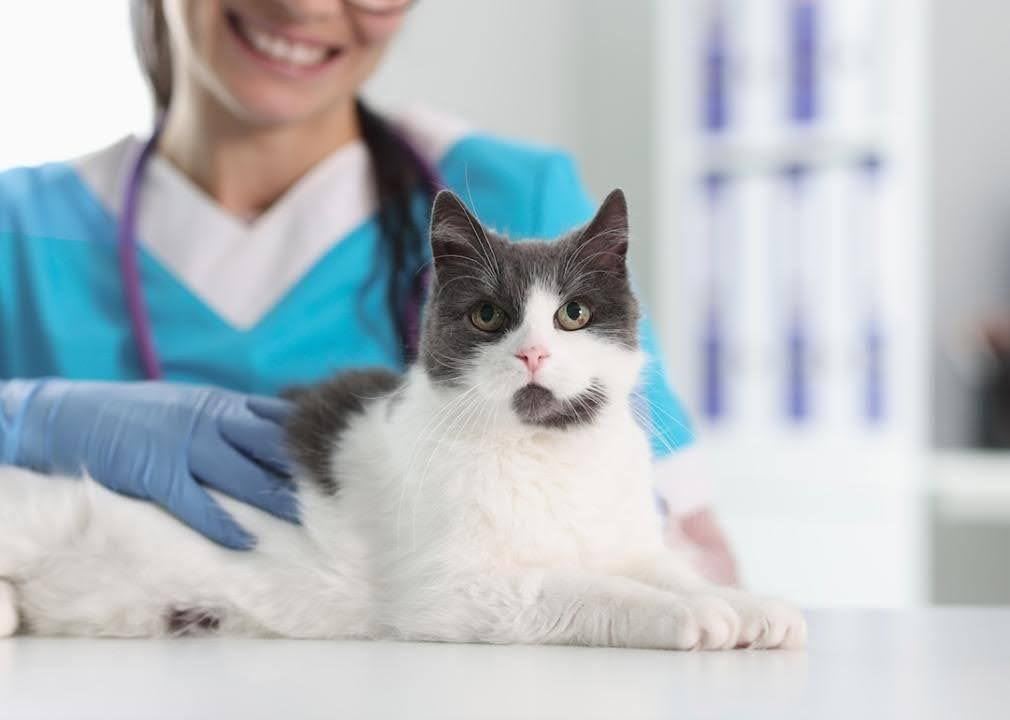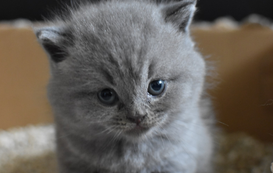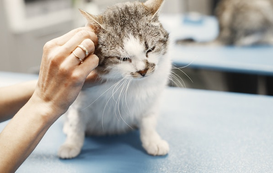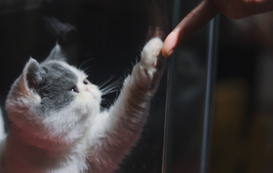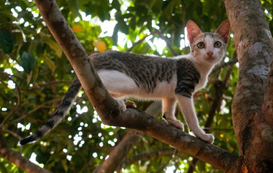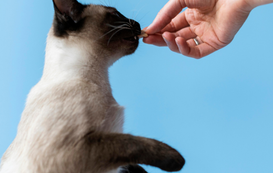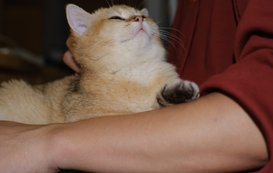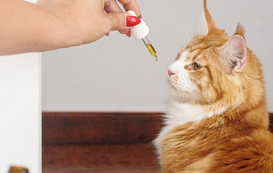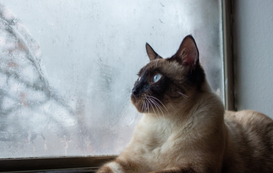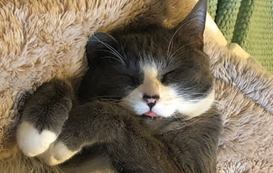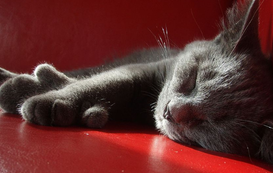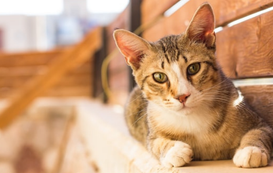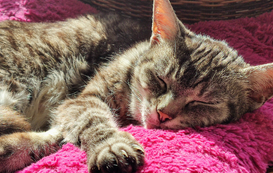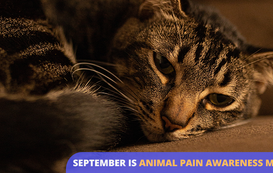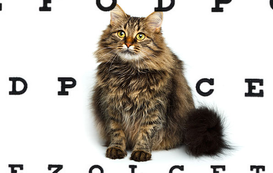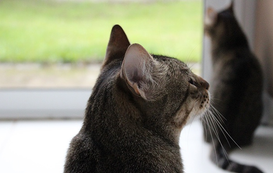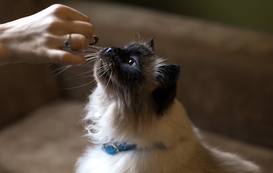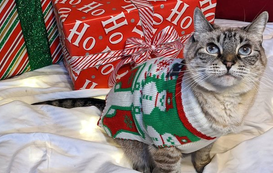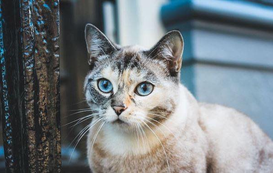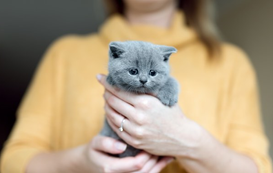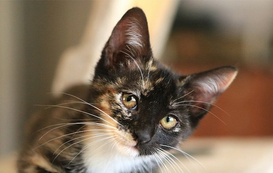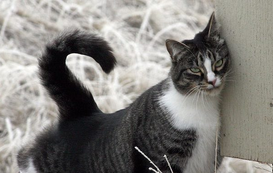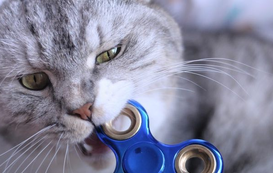Popular posts
9 lives and more? 60 years of groundbreaking medical advancements have improved cat health and longevity.
Cover Photo: H_Ko // Shutterstock
With more than 350 million beloved cat companions in homes across the globe, the veterinary community has focused on research to keep them around for as long as possible.
Cat owners today can expect their feline friends to live an average of 13 to 17 years. This is partially attributable to shifts in attitudes about indoor and outdoor domestic cats. In the United States, approximately 3 in 5 cats (63%) are indoors only. Indoor cats are known to live significantly longer than outdoor cats since they are protected from risks such as traffic accidents, diseases, extreme weather, and predators.
Still, the contributions of research in medicine and nutrition cannot be overlooked. As recently as 1981, there were no guidelines about taurine in cat food; a deficiency of the essential nutrient can lead to heart failure. Similarly, attitudes about spaying and neutering cats have shifted over time due to studies demonstrating the safety of these practices. This might explain why nearly 3 in 4 Americans believe spaying and neutering is the "right thing to do," according to a Faunalytics analysis of a 2021 study published in Anthrozoös. Another study shows that spayed and neutered cats live about six years longer than their intact counterparts.
While any house cat is still unlikely to rival the oldest cat on record—a Texas tabby named Creme Puff who lived to be 38—these breakthroughs are responsible for considerably increasing the average lifespan. To find out why cats are living much longer lives, Meowtel explored advancements in feline medicine, nutrition, and care.
THE BEST CAT SITTING APP
Don’t worry about finding a sitter with the most popular cat sitting app in the US.
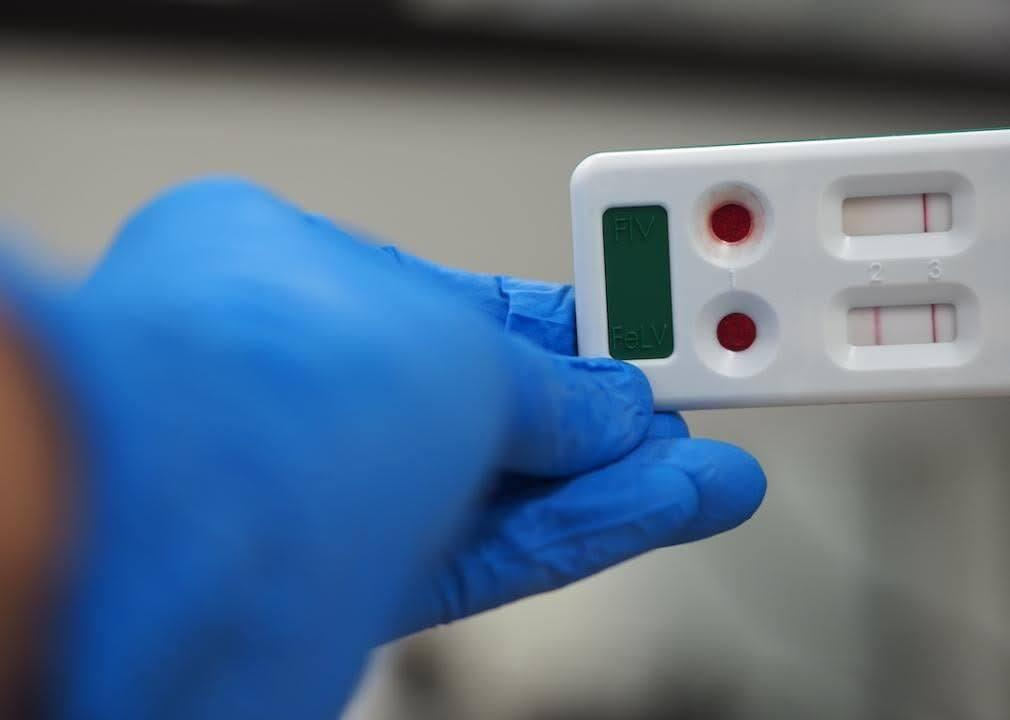
Pee Paew // Shutterstock
1960s: Discovery of feline leukemia virus
Feline leukemia virus is one of the most common feline diseases, affecting 2% to 3% of cats in North America. An oncornavirus, FeLV can lead to the development of cancer as well as anemia and a weakened immune system. FeLV is contagious and can be transmitted through birth, saliva, mutual grooming, bites, or shared food and water sources.
The virus was discovered in 1964 by professor William F.H. Jarrett, who studied a group of cats with lymphoma that had been presented to him by veterinarian Harry Pfaff. Six years later, researchers developed an antibody test, allowing FeLV-positive cats to be isolated to prevent transmission. Not only did Jarrett and Pfaff's collaboration lead to the development of a federally approved vaccine in 1985, but it is also credited with launching the field of feline retrovirology, which advanced research into other fatal diseases, including feline immunodeficiency virus.
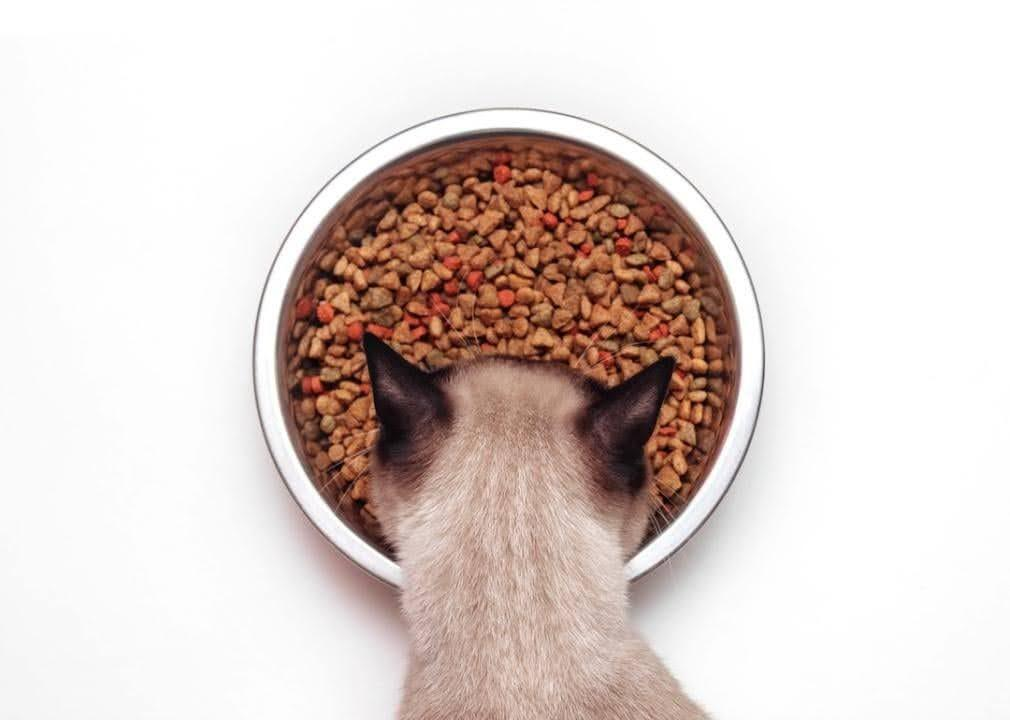
Irina Kompaniets // Shutterstock
1970s: Improved nutrition standards
Taurine is an essential amino acid found in animal protein that's needed for heart health, vision, digestion, and fetal development in cats. In 1975, scientists K.C. Hayes, R.E. Carey, and S.Y. Schmidt discovered that a taurine deficiency can cause retinal damage in cats.
In 1978, a study in The Journal of Nutrition determined cats cannot synthesize taurine from sulfate and, therefore, must get the nutrient directly from their food, characterizing taurine as "an essential nutrient for the cat." These studies prompted the National Research Council to issue a recommendation in 1981 that commercial cat food contain a minimum of 500 parts per million of taurine. Since then, dietary taurine deficiency has been linked to an increased likelihood of dilated cardiomyopathy, establishing the nutrient as a staple cat food ingredient.

Tunatura // Shutterstock
1980s: Discovery of feline immunodeficiency virus
Feline immunodeficiency virus is a highly infectious disease similar to HIV in humans that is typically transmitted through bites. It severely weakens the immune system over time, making the cat susceptible to infections of all types. The virus is common and affects 2.5% to 5% of cats in North America, according to the Cornell Feline Health Center. It is more prevalent across the globe, including in Malaysia, where 31.3% of cats in a 2024 study were infected.
In 1986, a California woman who regularly took strays into her home noticed many would become sick and die when kept in close proximity to one particular cat. Immunologist Janet Yamamoto and Dr. Niels Pederson analyzed samples from healthy and affected cats, leading to the identification of FIV. Yamamoto went on to develop the first commercial FIV vaccine, Fel-O-Vax, which gained federal licensure in 2002 and has an 84% efficacy rate.
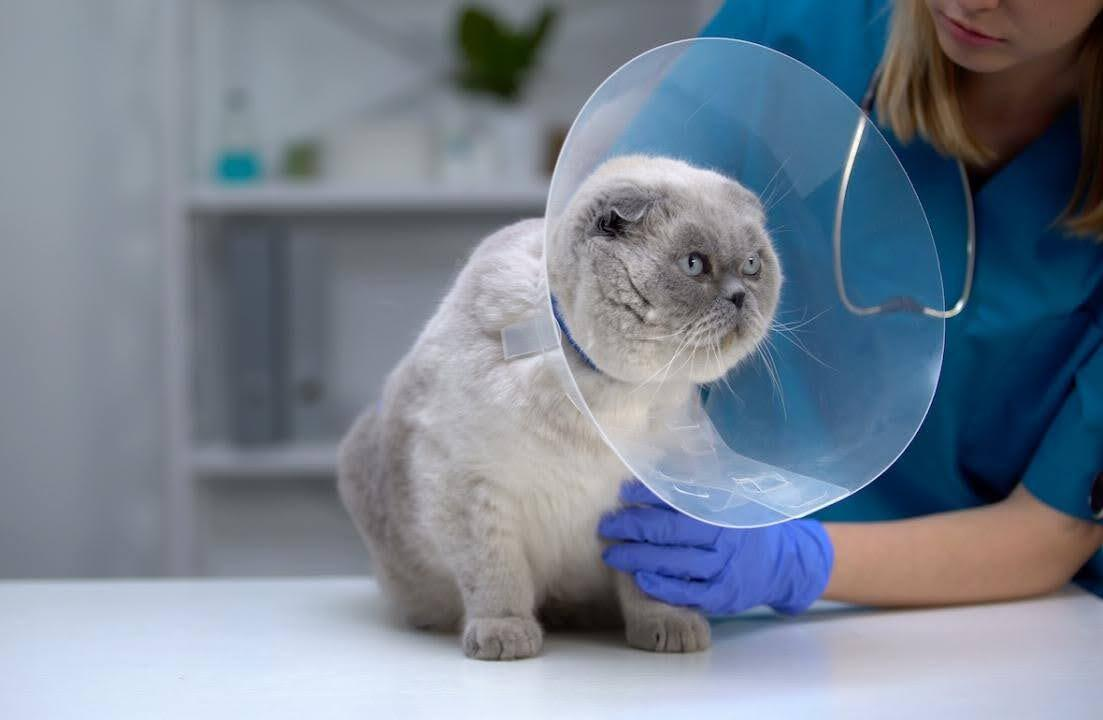
Motortion Films // Shutterstock
1990s: Advancements in spay and neuter protocols
Over 30 years ago, the veterinary community widely believed that spaying and neutering cats at a young age was risky, and many veterinarians refused to perform the procedure on cats under 16 weeks. In 1995, researchers Dr. Mark Bloomberg and Dr. W. Preston Stubbs determined that spaying and neutering at 7 weeks was safe.
According to a 2022 University of California, Davis, Center for Companion Animal Health study that looked at postmortem examinations of 3,108 cats (and omitted those that died before 12 months of age), spayed female cats lived an average of 10.5 years, while intact females lived 4.7 years; neutered males lived 9.8 years, while intact males lived 3.7 years. Part of the difference is attributable to the removal of sex organs, which reduces or eliminates the possibility of developing mammary gland, uterine, or testicular cancers.
FIND THE PERFECT CAT SITTER
Travelling for the holidays? Find a cat sitter near you and enjoy your vacation stress-free.

Sata Production // Shutterstock
2000s: Advances in identifying and treating heart disease
One in 7 cats will inherit hypertrophic cardiomyopathy, according to the Royal Veterinary College of the University of London, making it the most common inherited feline cardiac disease. It causes the left ventricle to thicken, leading to oxygen starvation and often heart failure. While there is still no cure for the disease, several advances to minimize its symptoms and improve detection were developed in the 2000s. In 2007, researchers identified the genetic mutation that causes the disease in ragdoll cats. The following year, researchers discovered atenolol can be used as an antihypertensive agent to reduce blood pressure and heart rate. It is now a common medicine used to manage heart disease symptoms in both cats and dogs.

Marina.Martinez // Shutterstock
2010s: Feline infectious peritonitis
Feline infectious peritonitis, first identified in 1963, is a viral disease caused by feline coronaviruses that most commonly affects cats between 3 months and 2 years old. While most cats will be exposed to a feline coronavirus at some point in their lifetimes, only 10% of cases mutate into FIP, according to the Cornell Feline Health Center. At that point, the disease is often progressive and fatal, killing the infected cat within weeks.
From 2016 to 2019, researchers at the Center for Companion Animal Health achieved a breakthrough in treating FIP when they identified two antiviral drugs that inhibit certain FIPV proteins from replicating. One of them, GS-441524, was brought to market first in Australia and the United Kingdom, reaching North America in 2024.
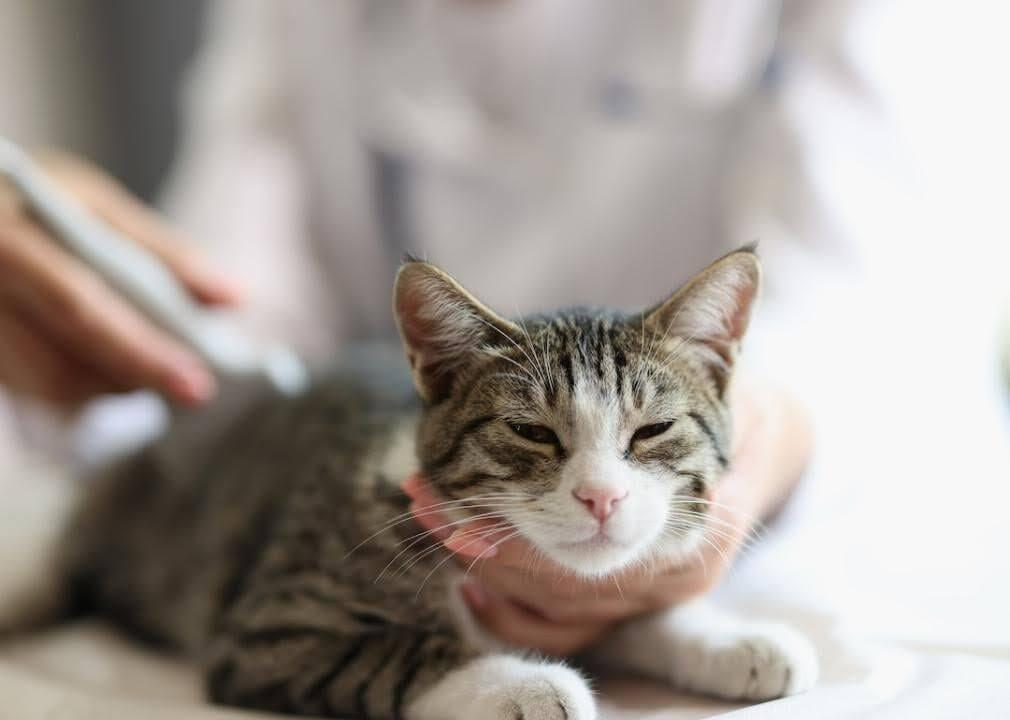
megaflopp // Shutterstock
2010-2020s: Chronic kidney disease diagnostics
Feline chronic kidney disease remains one of the most common diseases in older cats, affecting up to 2 in 5 cats over 10 years old—a staggering statistic that rises to 4 in 5 cats over 15, according to the Cornell Feline Health Center. Across all ages, it affects 2% to 20% of cats, and it is the leading cause of death in cats over 5 years old.
In 2014, researchers explored risk factors for CKD by evaluating a population of affected cats, identifying dehydration, thin body condition, and a history of periodontal disease or urinary tract infections. Antech Diagnostics furthered identification methods when, in 2019, it released RenalTech, a diagnostic tool that uses artificial intelligence to predict if a cat will develop CKD up to two years before its onset.
BECOME A CAT SITTER
Great with animals and looking for work? Learn about an app for pet sitting jobs in your area.

Wanwajee Weeraphukdee // Shutterstock
More breakthroughs in store to improve cat health
These groundbreaking developments in feline health research are just the beginning. Modern research initiatives continue to prioritize the most common contributors to feline mortality and reduced quality of life, including CKD, heart disease, diabetes, and hyperthyroidism. In 2023, the Food and Drug Administration conditionally approved a first-of-its-kind drug to treat anemia in cats with CKD. Other advancements include a novel drug, rapamycin, to treat feline heart disease, which was pending FDA approval as of February 2025. A bid to cure FIP was also underway, with the Center for Companion Animal Health using stem cells in clinical trials to aid treatment of the disease.
One more focus is on integrating technologies such as AI with wearable devices to track behaviors that may indicate emerging health issues. With such progress, each of a cat's nine lives may be longer than the last.
Story editing by Mike Taylor. Copy editing by Paris Close.

